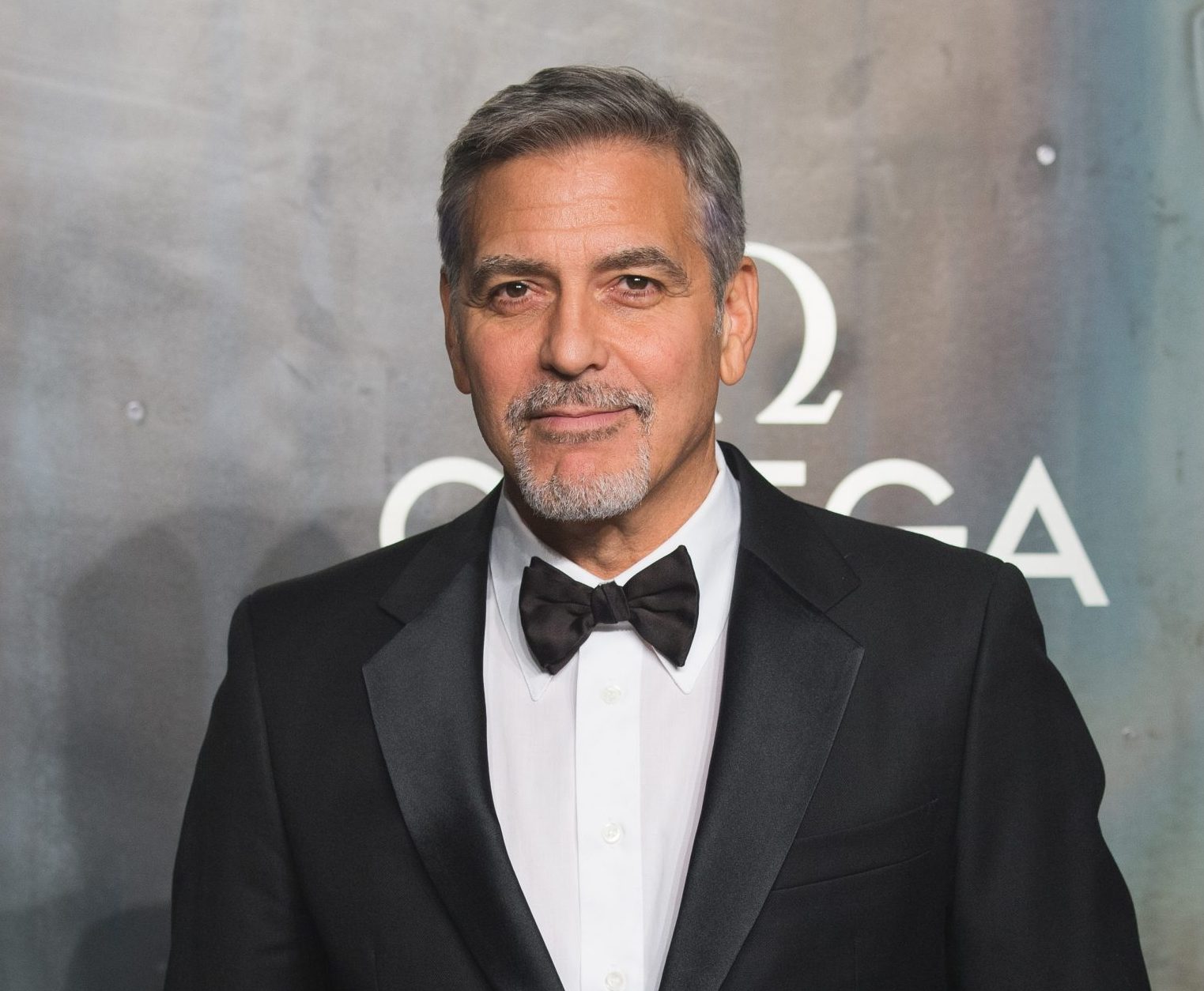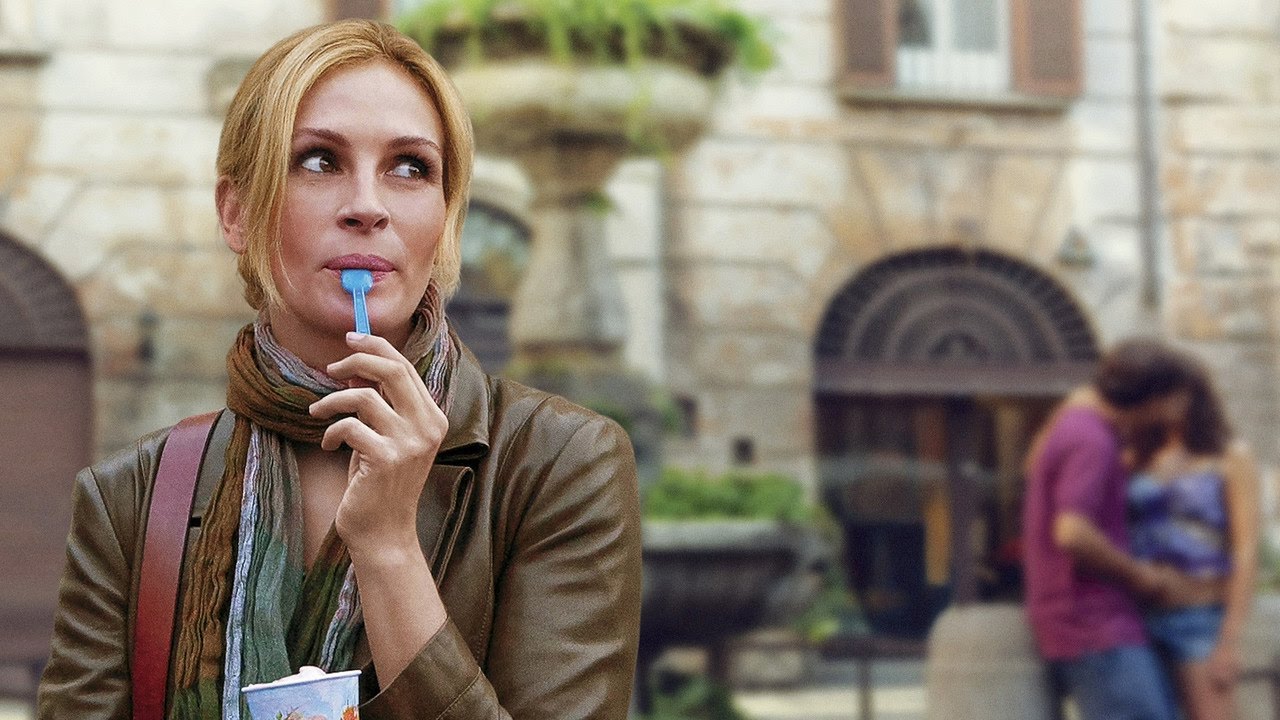Lately the essays on romantic relationships are fascinating, from the translation of bell hooks’ books to the decryptions of Judith Duportail (“Love under an algorithm”, “Dating Fatigue”). At the beginning of the year, Aline Laurent-Mayard invited her deconstruct romantic love to favor its other forms. The independent journalist Pauline Machado starts from another observation: metropolitan areas have the largest percentage of single people. According to INSEE, 44% of Parisians were so in 2017.
The author grew up in a village in Haute-Savoie before traveling around the big cities, from Lyon to London and Paris, and admits, right from the introduction, that he has had a checkered love journey. After writing about love problems for Terrafemina AND Paolo.ehe published his first essay on April 5. “Sentimental crowd. How the city affects love » (Pérégrines editions) uses examples taken from pop culture, numerical data, interviews with psychologists, researchers and close acquaintances.
If more single people are concentrated in the city, the cost of living often also pushes people to settle down together more quickly. It is also in this environment, where anonymity is strongest, that betrayal and divorce are more important. Starting from clear data, always analyzed and put into perspective, the journalist pushes the reflection to the point of overturning some preconceptions about the way in which the city influences (sometimes negatively) our romantic relationships. Lighting.
Interview with Pauline Machado, author of “Sentimental crowd. How the city affects love »
How did the project for this book come about?
Paolina Machado. It all started from a personal observation. I discovered that meeting people in the city wasn’t very difficult, there are always lots of people, you can meet someone from one day to the next. But I found the connections more complicated. Meeting someone with whom we will decide to take the time to meet again and build something together seemed insurmountable to me.
Having studied these questions for years Terrafemina, in a slightly more scientific way, I realized that there was a real argument. I looked at the sociological, economic and intimate dimensions of love in the city because sociologists say that people live differently in the city than elsewhere. When I left Paris for Dieppe, I took a step back and understood the differences between how I meet people in the city and outside.
How are romantic relationships characterized in big cities compared to the rest of the country?
PM. Above all I have the impression that in the city we live our relationships as we live everything else, with a cult of speed. We are in a sequence of work, transport, trips. There are people everywhere, everything is going fast, you have to be on all fronts. People go home later – mind you, I’m not saying people work harder. But the time slots dedicated to meetings are reducing.
We therefore give less time to the manifestation of feelings, we want everything, and immediately. There is the idea of the Uberization of love. We want it to work right away, otherwise we throw it away. Hyperconsumption is much more present and applications have only reinforced it. In the countryside there are fewer people and less anonymity, so there is less logic in always finding something better. The circle of possible encounters narrows, we see people again. It has advantages and disadvantages.

Why are our love expectations different when we live in the city?
PM. Precisely because we are many, we always tend to tell ourselves that we will find better. The exaltation of love in the city occurs through romantic comedies. The target is women. We will get lost in these expectations. A psychologist I interviewed said it, and not in a condescending way, I insist: in the city there are more people with a higher education qualification, and therefore the stakes for the couple will not be the same as in small towns, where you will meet someone , you will build a life with him and it will be just as fulfilling.
In big cities there is the idea of “ hustle culture » (the culture of hyperproductivity), which we also apply to romantic relationships. We will want someone who satisfies us, who meets our very high expectations. We have unrealistic expectations of what love should represent.
The figures you presented are clear. For example, singles and divorcees are more numerous in large cities, which is ultimately not surprising. But which figures contradicted certain preconceptions?
PM. The one about women without children [les femmes ne voulant pas d’enfants, NDLR]. According to an Ifop survey, 37% of respondents living in Ile-de-France believe that motherhood is not necessary for a woman’s happiness. They are 34% in the provinces [davantage de données sont disponibles à la page 136 du livre, NDLR].
I found this study very surprising because I completely internalized the stereotype according to which the woman who does not want children is the woman who is successful in her career, achieved in a big city, emancipated from this normative and institutional pressure. In reality we see that it is linked to the standard of living. Even women with modest incomes, who do not live in big cities, make this choice. The economic and social context pushes one to want or not to have a child.
Your references to romantic comedies are numerous. Among the most cult, which is closest to reality and which is the most misleading?
PM. I love it, but “Sex and the City” is very idealized. I watch at least one episode a month, but I’m very aware of its flaws. Carrie Bradshaw meets someone in every episode and every guy has something “off”. Without dwelling on the financial dimension. Cédric Klapisch’s films come close to reality.
You also talk about the turning point of the 2010s, with the transition from the “single loser”, like Bridget Jones, to the “cool single woman”. Where are we today?
PM. I feel like we’re moving away from the archetype.” full career” and “desperate for the absence of love”. I recently watched the movie “Someone Good” (2019). The heroine has just broken up with the guy she’s been with for five years because they’ve grown apart and she has to move out. Let’s give more nuance and depth to the female character.
For many people, romantic love is something important. But in the narrative it is no longer his only goal, but a problem in the same way as his career. Friendship also increasingly occupies the place it deserves in romantic comedies. In “Single, instructions for use”, the happy ending it’s being with her friend. Her romantic destiny is secondary. There is no longer a “single loser” or a “cool single woman”, but a woman surrounded by people who make her happen. The romantic encounter becomes the icing on the cake because all the loves of life are rebalanced.
What surprising element does it retain after a year and a half of investigation?
PM. I grew up in Haute Savoie, in a small village near Annecy, and I still had a fairly metronormative view of love [vision voulant que la ville soit perçue comme la norme pour les personnages LGBTQIA+, NDLR]. I just discovered this concept of metronormativity. Talking to researcher Axel Ravier about his research on gay men in the suburbs, I understood the importance of not falling into the binary that cities are the only territory where queer love is possible.
This is what the geographer Marianne Blidon also says: starting from the principle that the migratory trajectories from the small town to the big city for queer people are only there to flourish in their intimate lives means dehumanizing these people. This must be underlinedit’s possible to be queer and love yourself in very rural environments like in the suburbs. Broadcasting this discourse that outside big cities is hell contributes to the isolation of LGBTQIA+ people living in these areas.
Do you like our articles? You’ll love our podcasts. All our series, urgently listen to here.
Source: Madmoizelle
Mary Crossley is an author at “The Fashion Vibes”. She is a seasoned journalist who is dedicated to delivering the latest news to her readers. With a keen sense of what’s important, Mary covers a wide range of topics, from politics to lifestyle and everything in between.




